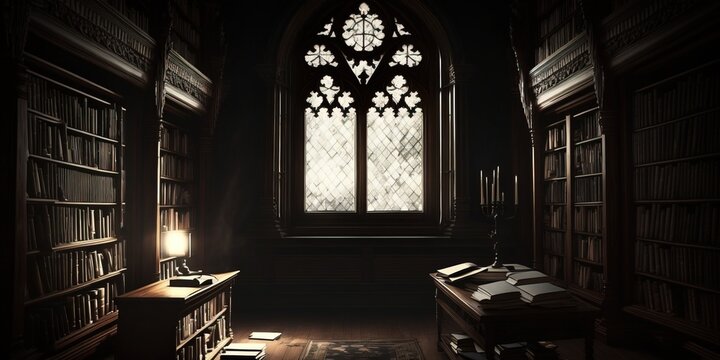
FAQ About Gothic Literature
Gothic Literature
2 years ago | gizem
How did the Gothic novel evolve over time?
The Gothic novel has evolved significantly over time, undergoing shifts in style, themes, and influences while continuing to captivate readers with its exploration of darkness, mystery, and the human psyche. Here's an overview of the evolution of the Gothic novel:
18th Century Origins:
- The Gothic novel is often traced back to Horace Walpole's "The Castle of Otranto" (1764), which introduced many of the genre's conventions, including mysterious castles, supernatural elements, and emotional intensity.
- Early Gothic novels were characterized by an emphasis on atmosphere, with gloomy settings, eerie landscapes, and an atmosphere of fear and foreboding.
Late 18th Century - Ann Radcliffe and Romanticism:
- Ann Radcliffe, one of the most prominent writers of the late 18th century, brought a new level of psychological depth and Romanticism to the genre.
- Her novels, such as "The Mysteries of Udolpho" (1794), emphasized the emotions and inner experiences of characters and often featured strong heroines.
Early 19th Century - The Romantic Gothic:
- The early 19th century saw the Gothic novel intertwined with the Romantic literary movement. Writers like Mary Shelley ("Frankenstein," 1818) and the Brontë sisters ("Jane Eyre," 1847) combined Gothic elements with themes of nature, individualism, and emotional intensity.
- Mary Shelley's "Frankenstein" is considered a seminal work of both Gothic and science fiction literature.
Mid-19th Century - Victorian Gothic:
- The Victorian era brought a shift in Gothic literature, with authors like Edgar Allan Poe ("The Fall of the House of Usher," 1839) and Sheridan Le Fanu ("Carmilla," 1872) focusing on psychological horror and the exploration of the uncanny.
- Gothic themes often intersected with societal concerns of the time, including gender roles, social injustice, and industrialization.
Late 19th Century - Fin de Siècle and Decadence:
- Towards the end of the 19th century, the Gothic novel became influenced by the fin de siècle and decadence movements. Oscar Wilde's "The Picture of Dorian Gray" (1890) is an example, exploring themes of aestheticism, moral corruption, and the duality of human nature.
20th Century and Beyond - Modern Gothic:
- In the 20th century, Gothic literature continued to evolve. Southern Gothic literature, as seen in works by authors like William Faulkner, explored the American South and its dark, complex history.
- Modern Gothic novels often adapt the genre to contemporary settings and explore themes such as technology, identity, and cultural anxieties.
Gothic Revival and Popular Culture:
- The Gothic genre has experienced a revival in the late 20th and early 21st centuries, with authors like Anne Rice ("The Vampire Chronicles") and Stephen King exploring Gothic themes in their works.
- The genre has also permeated popular culture through film, television, and other media, with adaptations of classic Gothic novels and the emergence of new subgenres like urban fantasy.
